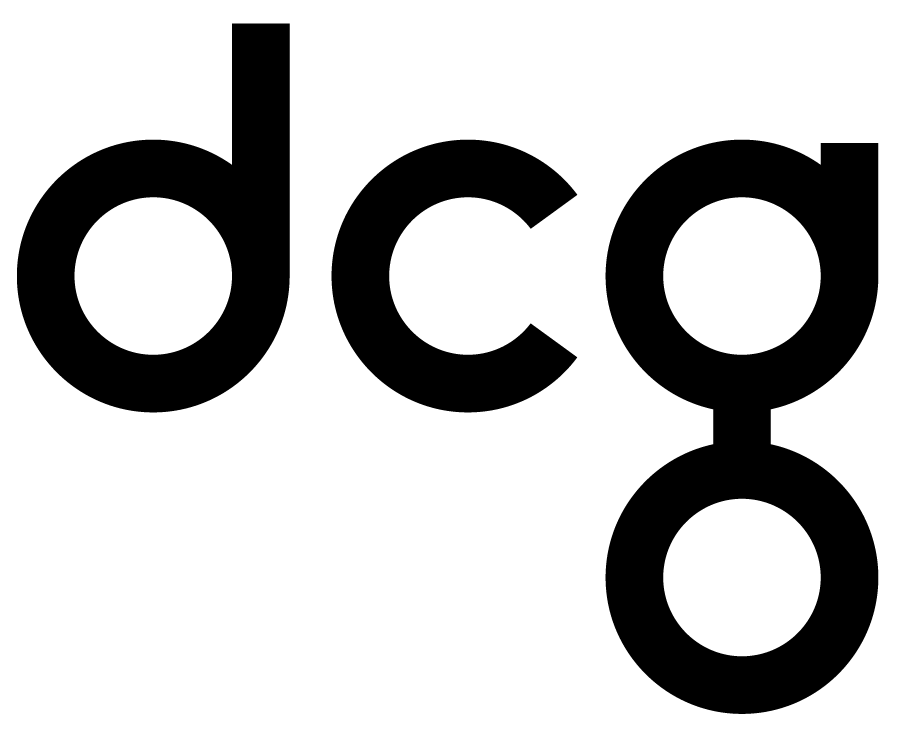
Survey Says: Power Apps is the Top Answer, But Microsoft Forms Doesn't Make the Scoreboard
We asked 100 people to name something that creates, automates, shares, syncs, and streamlines forms.Our survey says, Power Apps!Comparing Microsoft Forms to Microsoft Power Apps is a bit like comparing a pickup truck to a Lamborghini. Both vehicles have wheels and brakes, but only one offers power, performance, and precision. Forms launched in 2016, part of Office 365, as a super-streamlined online survey creator. And it served its purpose. At least for a year or two.Forms made it incredibly easy to create surveys, quizzes, and questionnaires with automatic marking and then export these docs to Microsoft Excel. But even a makeover in 2019 — the now-defunct Microsoft Forms Pro, anyone? — couldn't stop Forms from looking pretty tired pretty quickly. The problem? Other tools were doing form-building so much better. Google Forms was slicker, Zoho Forms was smoother, and SurveyMonkey had more customizations than the three combined.For many users, Forms received a loud buzzing sound and a big red X.Enter Power Apps, which turns the entire concept of form-building on its head. It does everything Forms (and Google Forms and Zoho Forms) does but better. So if you're serious about collecting responses in real-time (like all successful data-driven organizations are), you should have added Power Apps to your tech stack, like, yesterday.Still, it's never too late to experience the power of Power Apps in your organization. Read on to learn why Power Apps is the top answer and why Forms doesn't even make the scoreboard.Are you thinking of making the switch to Power Apps? Working with a reputable partner like Dynamic Consultant Group (DCG) provides more value from Power Apps, with enhanced consulting and support solutions that enrich your enterprise. Schedule a Microsoft Teams meeting to learn more. Learn more about Power Apps portals consulting
Contents
- What Is Microsoft Forms?
- What Is Microsoft Power Apps?
- PowerApps Versus Microsoft Forms
- Why You Need a Power Apps Partner
- Before You Go
What is Microsoft Forms?
Forms is a lightweight application in Office 365 that collects responses for forms, surveys, quizzes, and questionnaires. Form creators enter question prompts from pre-defined formats such as text and rating, and Microsoft takes care of the rest.So it's pretty simple.But there are few customizations and little control over what forms and surveys look like, so everything feels simple. It's easy to tell when a company uses Forms — there are a few questions on a white survey on a basic background. You can't customize surveys to match the look of your brand. And it's even harder to configure fonts because there are too few to choose from on the platform.There are some perks. You can store forms in Excel, which is always good, or keep them in SharePoint. But there's little else to excite users here, with alternatives like Google Forms boasting more dynamic, customizable form-building features.
What is Power Apps?
Power Apps, part of the Microsoft Power Platform, is an entire suite of apps, connectors, and services that build apps for specific business requirements. Can't code? No problem. Power Apps lets you build apps in your browser or mobile device without knowledge of Java, Python, or any other of those seriously stressful programming languages. It's all drag-and-drop and point-and-click, so you can build beautiful apps without breaking a sweat.For surveys, Power Apps delivers a knockout punch to Forms, with complete control over how you input and display questions, answers, responses, and statistics. Even better, you can connect to various data sources ("connectors") and automate data input for surveys or connect to other apps in the Microsoft universe for further customizations, analytics, and sharing. Form-building just got so much better.But why should you care about any of this?Survey says:
- Using quiz-like forms to capture data could triple conversions.
- Online forms have an average conversion rate of 21.5 percent.
But:
- Engagement, ease, agility, motivation and peace of mind are the five most important aspects of online forms for customers.
(Source: WPForms)So, forms increase conversions significantly, but they need to be quick-moving, engaging, motivating, simple and provide peace of mind. Using something like Forms, with its rudimentary features, probably won't achieve this.Want to incorporate Power Apps into your enterprise? DCG is the No.1 Power Apps partner of choice, helping you build custom apps that empower your enterprise. Click here to learn more about Power Apps consulting. Recommended Reading: Dynamics 365 Sales Just Dropped Loads of New Features. Here are the Ones That Excite Us the Most
PowerApps Versus Microsoft Forms
Functionality
FormsCreate simple forms using pre-formatted templates.Power AppsCreate enhanced forms from scratch or choose from a broad range of templates.
Data Input
FormsEnter data for forms manually.Power AppsEnter data for forms manually or integrate data from various data sources and destinations via connectors for tools such as Office 365, Salesforce, Facebook, Zendesk, SurveyMonkey, Blogger, and many more.
Saving Forms
FormsSave forms to Excel or SharePoint.Power AppsSave forms to Excel, SharePoint and other locations.
Sharing Forms
FormsShare forms via a link.Power AppsShare forms via a link or embed forms in Teams, Outlook and many other communication tools.
Features
FormsChange the background of forms, change the font, choose from pre-formatted templates, etc.Power AppsAutomate and customize every aspect of forms, with loads of features, sharing options and PowerApps integrations.Recommended Reading: Responsive Power Apps — Scaling into the Future of Mobility
Why You Need a Power Apps Partner
There are far too many Power Apps features and functionalities to list here. And to get more value from the suite, consider working with an experienced Power Apps partner that provides custom consulting and support solutions.Here are some benefits of using a Power Apps partner like DCG for form-building:
- Automate form-building
- Remove complex forms
- Remove duplicated data
- Input data from various data sources
- Generate real-time reports about form users and responses
- Reduce human error when creating forms
- Share forms with teams
- Collaborate on forms
Working with DCG is more than just about forms. You can automate every aspect of custom app development and create compelling applications that benefit your business.Here are some benefits of working with DCG for app creation:
- Fast Power Apps integration
- Streamline app development
- Save costs
- Train your team how to use Power Apps
- Get more value from Power Apps
- Explore Power Apps features that benefit your business
- Develop apps in record time
- Identify opportunities that grow your business
- Explore other solutions in the Microsoft ecosystem
Did you know the average organization that works with DCG boosts customer ROI by 188 percent over three years, reduces development costs by 74 percent, and increases employee productivity by 3.2 hours per week?
Before You Go
Forms versus Power Apps? There's not much of a comparison. While Forms is okay for simple survey creation, Power Apps adds a whole extra dimension to feedback management, with an abundance of data integrations, customizations, and sharing features. As a result, you can create more dynamic forms that build engagement and generate more accurate responses.Are you still using Forms? It's time to make the switch to Power Apps. DCG will help you every step of the way and identify growth and money-saving opportunities for your enterprise. Schedule a Microsoft Teams meeting now and discover more about DCG's Power Apps consulting and support solutions. Or click here for a FREE Dynamics 365 implementation project assessment.





